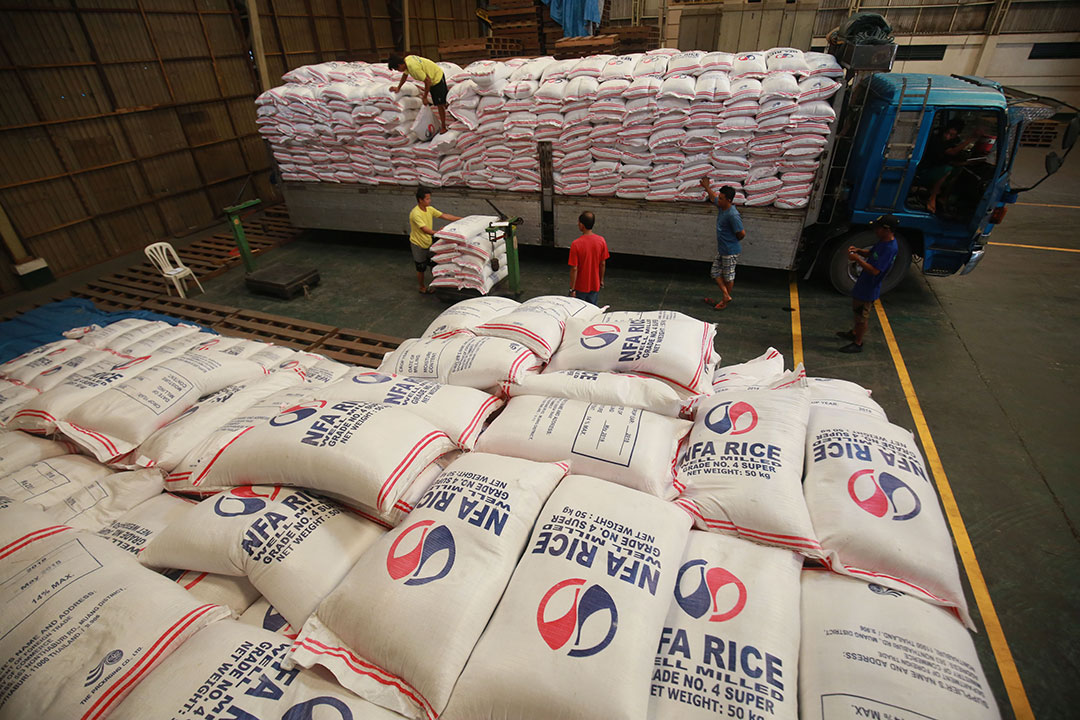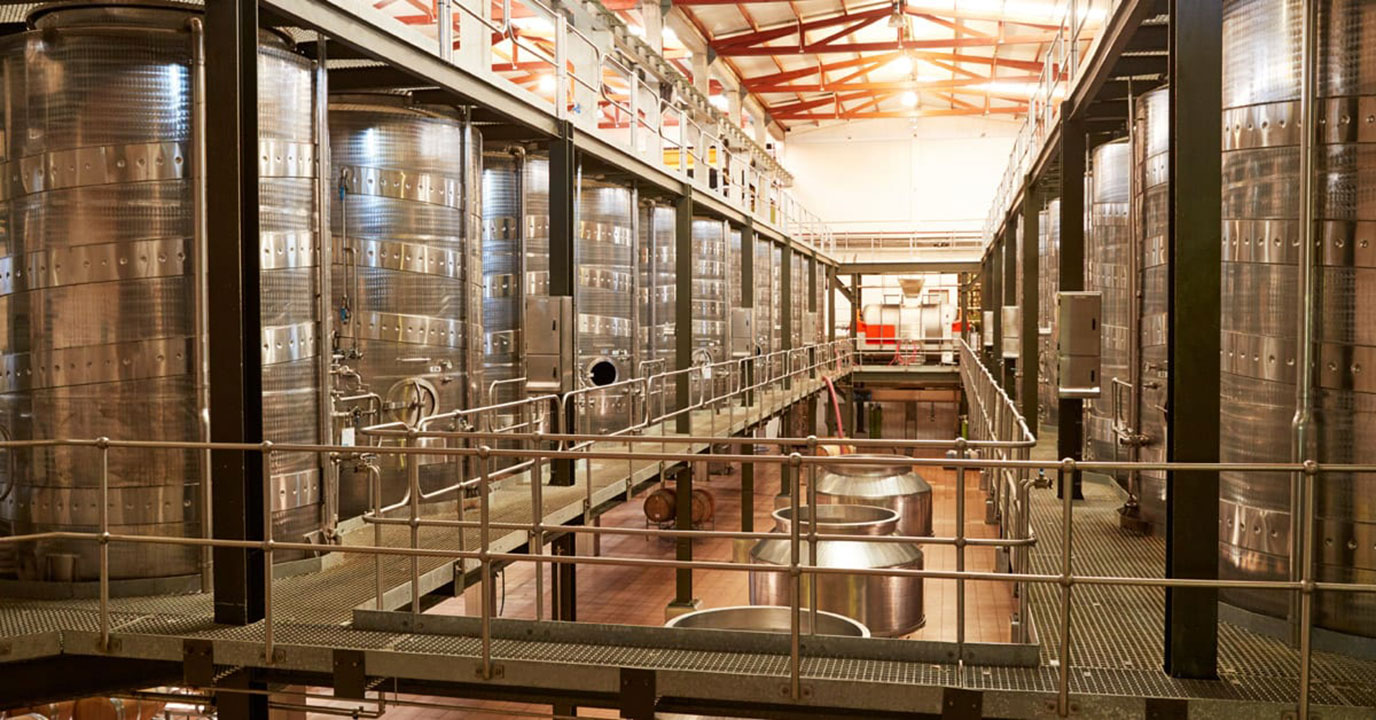
Upgrade to High-Speed Internet for only ₱1499/month!
Enjoy up to 100 Mbps fiber broadband, perfect for browsing, streaming, and gaming.
Visit Suniway.ph to learn
 PHILIPPINE STAR/MICHAEL VARCAS
PHILIPPINE STAR/MICHAEL VARCASBy Kyle Aristophere T. Atienza, Reporter
POST-HARVEST RICE losses are expected to decline by at least nine percentage points following a P10-billion investment in upgrades to rice storage facilities, the Department of Agriculture said.
About 17% of the rice harvest is lost annually, against 8% for Vietnam, Agriculture Assistant Undersecretary Arnel V. de Mesa told BusinessWorld.
“Reaching Vietnam’s 8% benchmark — the difference would be 9 percentage points — would be a big achievement,” he said.
Fitch Solutions BMI said in a recent report that rice yields in the Philippines are lower than those in Vietnam but are very close to those in the largest exporter, India, and higher than those in Thailand.
BMI called it a “significant concern” that the Philippines is importing so much rice, and will account for 9.7% of global rice imports in 2024/25 based on US Department of Agriculture forecasts, given that 19.5% of the population had insufficient food consumption as of September 2024.
The National Food Authority (NFA) earlier this month said it is undertaking a P10-billion modernization program aimed at enhancing rice storage, building new rice mills, and upgrading drying facilities to improve the rice harvest recovery rate.
The program is funded through government allocations, with half of the budget granted late last year and the remaining P5 billion earmarked for rice mills, drying facilities, and other infrastructure projects included in the 2025 national budget.
The NFA said P1.5 billion will be allocated for repairing existing warehouses, while the remaining P3.5 billion will be used to add 800,000 metric tons of storage capacity by next year, doubling the NFA’s current capacity of 1 million metric tons.
NFA procurement is hindered by variations in rice quality and age of the inventory.
The main problem with the current warehouse network is congestion, due to the inability to manage stocks, according to retired agriculture professor Roy S. Kempis, currently director of the Center for Business Innovation at Angeles University Foundation.
The congestion is worsened by inability to correctly time the release of stocks to ensure supply stability and minimal price disruption.
“In the meantime, decisions to bring in imports and the timing of such shipments are very tentative. They also affect the amount of rice that needs to be stored in the warehouses,” he added.
Mr. Kempis noted that domestic production and supply varies by the season.
“In view of these problems, decision makers are faced the dilemma of what predictive formula to set up and follow,” he said.
“Once there is congestion, the ambient temperature required to store rice becomes difficult to maintain,” he added.
Mr. Kempis said as warehouse temperatures and humidity rise, the risk of contamination from fungi also rises.
Raul Q. Montemayor, national manager of the Federation of Free Farmers, said dry palay can last from six to eight months.
He noted that palay is usually milled into rice within four months to make room for the next harvest. Milled rice, meanwhile, can last up to three months.
Mr. Kempis said milled rice, which is packed in sacks and stored in air-ventilated warehouses, can be stored for maximum of two years, “provided there is no congestion inside the warehouses.”
Philippine Chamber of Agriculture and Food, Inc. President Danilo V. Fausto said the NFA’s modernization program will boost its ability to buy more palay from farmers at a better price.
“Palay will have a longer shelf life than rice since rice is at risk of spoilage after two months and/or weevil infestation,” he said.
Rice growers are currently facing low farmgate prices as traders opt to deal in imported rice.
The farmgate price has fallen to as low as P15-16 per kilo for freshly harvested grain, according to industry reports earlier this month.
On March 18, Malacañang urged farmers to work with local government units in bringing their palay harvests to NFA buying stations to bypass traders, who often seek to influence prices.
The NFA’s modernization projects are expected to be operational by the end of next year, in time for the dry season harvest of 2027.
The full upgrade program will include silos in major rice-producing areas such as the Cagayan Valley and Central Luzon, allowing the NFA to store rice for up to two years, far longer than the usual six months to one year for bagged rice.




